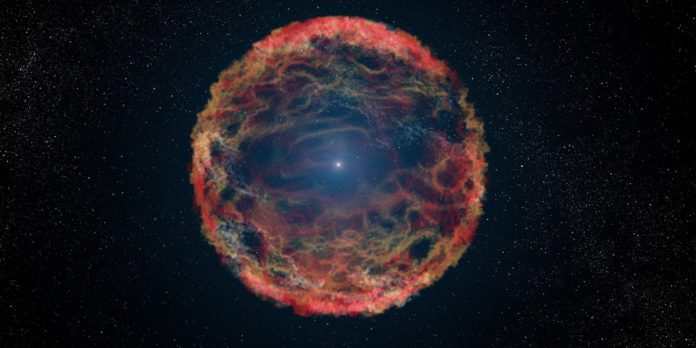If you were born before 1987 and missed one of the greatest spectacles on the night sky, here is a recap of what happened on a Monday, 23rd Of Feb 1987.
One of the stars in a neighboring galaxy called Tarantula Nebula ended its life in the most spectacular ways possible – in a blast called a supernova.
The massive explosion happened enormously far away – 160,000 light-years away to be more precise. In case you’re not good with math, that’s 10,100,000,000 times further than the Sun.
Despite the enormous distance, the observers could see the explosion even without a telescope or binoculars – the blast was so bright that it was visible to a naked eye, even during the day. As NASA reported, “the titanic supernova, called Supernova 1987A (SN 1987A), blazed with the power of 100 million suns for several months”.
As Wikipedia reported, astronomers still keep an eye on it as they still haven’t detected a neutron star, which is a typical remaining after a supernova explosion.
As much as the event itself has awed scientists around the world, the mystery of a missing neutron star makes some observers wonder what really happened that day.











